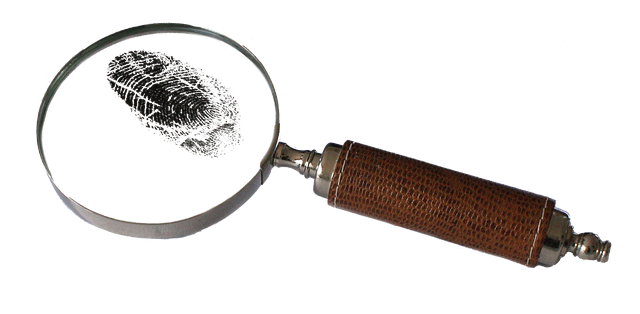Introduction: ALS and the Cellular Waste Disposal System
Amyotrophic Lateral Sclerosis (ALS) is a relentless neurodegenerative disease marked by the progressive loss of motor neurons, the nerve cells controlling voluntary muscles. While ALS origins are complex, a growing body of evidence points to disruptions in protein homeostasis – the cell's quality control system – as a key driver. Central to this system is the ubiquitin-proteasome system (UPS), the primary machinery for degrading damaged or misfolded proteins. When the UPS falters in nerve cells, toxic protein clumps can accumulate, contributing significantly to ALS pathology. Motor neurons appear particularly vulnerable to this breakdown in cellular waste disposal.
The Proteasome: A Finely Tuned Molecular Machine
The proteasome is a sophisticated, multi-protein complex acting as the cell's main protein degradation center. It comprises two major parts: a 20S core particle (CP), housing the 'shredding' machinery (proteolytic activity), and one or two 19S regulatory particles (RPs), which recognize, unfold, and feed targeted proteins into the core. Think of it like a highly specific recycling center: the 19S RP acts as the gatekeeper, identifying tagged items, while the 20S CP is the shredder itself. Crucially, the proteasome isn't born fully formed; it must be meticulously assembled from its individual subunit components. This assembly process requires precise steps and often involves helper proteins called chaperones. If assembly goes wrong, the entire degradation process is compromised.
Evidence Linking Faulty Proteasome Assembly to ALS

Multiple lines of research implicate defective proteasome assembly in ALS. Studies in model organisms show that genetic mutations affecting proteasome subunits or the chaperones assisting their assembly can impair proteasome function and trigger ALS-like symptoms. Furthermore, examination of post-mortem brain and spinal cord tissues from ALS patients frequently reveals signs of incomplete or incorrectly assembled proteasome complexes, alongside the accumulation of ubiquitinated proteins (proteins marked for degradation but not cleared) and toxic aggregates like those containing TDP-43.
Why Does Proteasome Assembly Fail in ALS?
The exact reasons for disrupted proteasome assembly in ALS remain an active area of investigation, but several factors are suspected. Genetic mutations, including those directly impacting proteasome subunit genes (e.g., PSMB8, PSMC3) or assembly chaperones, play a role in some cases. Problems with chaperone proteins ('molecular guides' that ensure correct folding and interaction of subunits) can lead to misassembly. Chemical modifications (post-translational modifications) to proteasome subunits, potentially triggered by cellular stress, can interfere with their ability to connect correctly, like putting tape on Lego bricks preventing them from locking together. Additionally, maintaining the correct ratio (stoichiometry) of different subunits is vital; imbalances can destabilize the complex and reduce its effectiveness. Imagine building a complex model with a precise parts list – missing or extra pieces prevent successful construction.
Therapeutic Opportunities and Future Research
Understanding how proteasome assembly goes awry in ALS presents exciting, albeit challenging, opportunities for therapeutic intervention. Potential strategies focus on restoring normal proteasome function. This could involve developing drugs that enhance the assembly process, perhaps by boosting chaperone activity ('assembly helpers') or stabilizing correctly formed proteasomes. Other approaches might aim to counteract factors that disrupt assembly or even activate alternative protein degradation pathways. Identifying specific molecular targets for these interventions is a key goal.
- Identify specific molecular triggers disrupting proteasome assembly in various ALS forms (sporadic vs. familial).
- Develop and test novel compounds (e.g., proteasome activators, chaperone modulators) that enhance proteasome assembly and stability.
- Validate potential therapeutic targets in relevant ALS cell and animal models.
- Explore links between proteasome assembly defects and other neurodegenerative conditions like Parkinson's and Alzheimer's disease.
